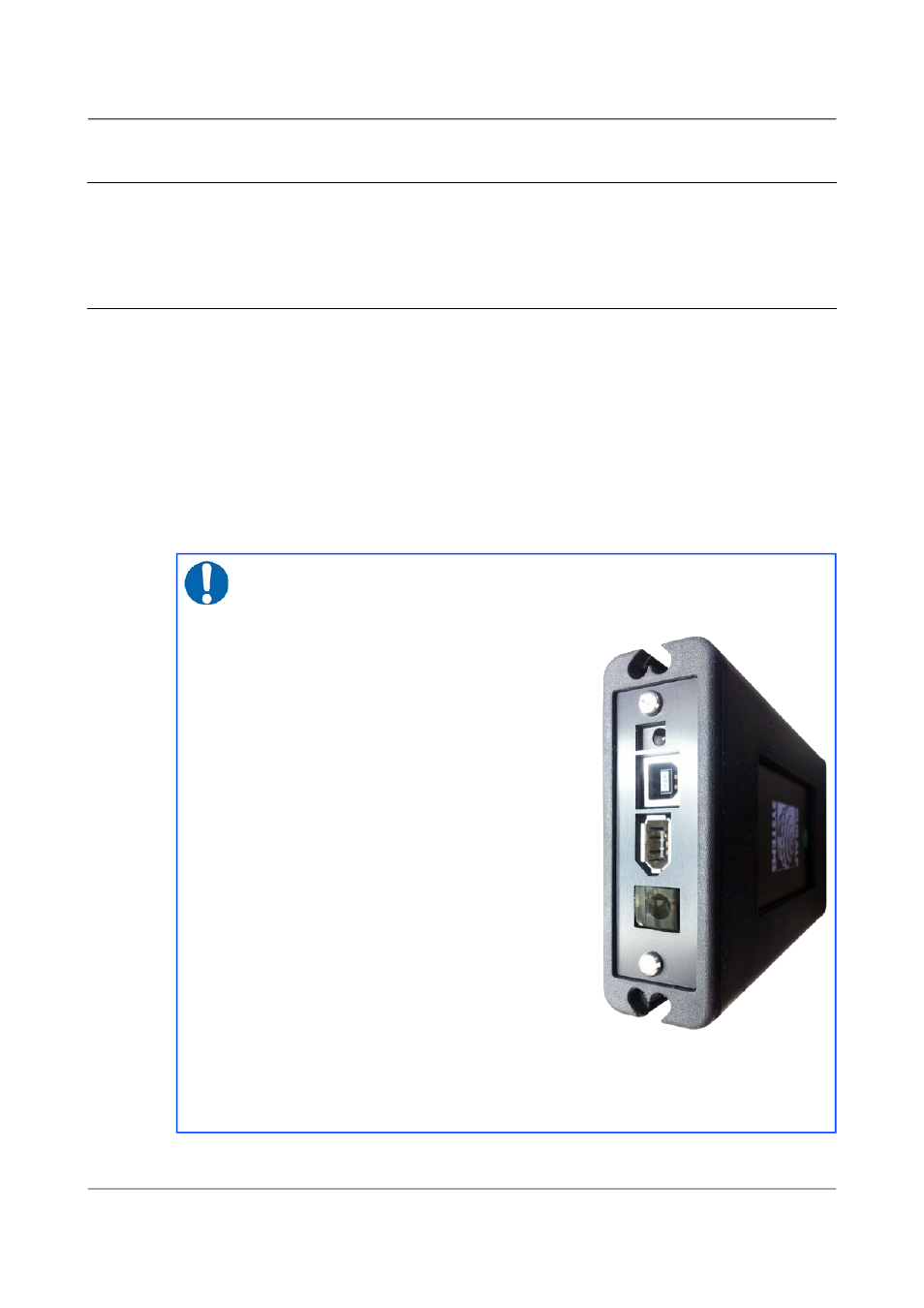11 recording and retrieving data, 1 preparing removable mass storage devices – Guralp Systems CMG-DCM build <10,000 User Manual
Page 137

Acquisition Modules and Platinum Firmware
Recording and Retrieving Data
11 Recording and Retrieving Data
Data can be recorded to internal and external storage, in raw GCF format or in
miniSEED format. Data can be browsed via the web interface or copied to
external computers for further processing.
11.1 Preparing removable mass storage devices
When a new removable mass storage device is to be used with a acquisition
module, it must first be formatted for use. The mass storage device can be
formatted by any computer, but the acquisition module also has the capability
of formatting the mass storage device itself. The acquisition module accepts
mass storage devices formatted in either ext3 format (which is faster and more
reliable, but can only be read under Linux systems) or VFAT format (slower
and arguably less reliable, but can be read under all operating systems). To
prepare the mass storage device on a PC, simply format it with a single
partition containing either of the above file-systems; it can then be inserted
directly into an acquisition module.
Note: When using removable mass storage devices from acquisition
modules and CMG-DCMs with PCs, you may need to provide a
power supply for the mass storage device.
When using a six-circuit (powered)
IEEE1394 FireWire interface, the mass
storage device can draw its power from
the host PC. When connected to a
four-circuit (un-powered) FireWire
interface, such as Sony i.Link, external
power needs to be applied as described
below. Power also needs to be supplied
when using the USB interface.
A power supply of between 4.5V and
30V DC should be connected to the
2.1 mm barrel connector (uppermost in
the picture). The central pin of the
connector should be connected to the
positive supply line.
IMPORTANT: Do not connect anything
to the larger barrel connector, if fitted.
This was used for the heater and temperature sensor on units
manufactured before 2013. On later units, it is replaced with a clear
plastic window which allows easy viewing of the internal diagnostic
LEDs.
137
Issue E - February 2014
